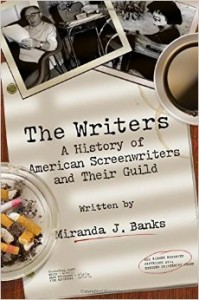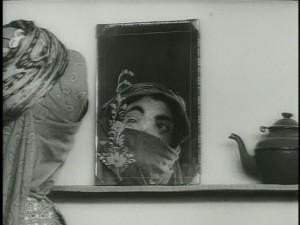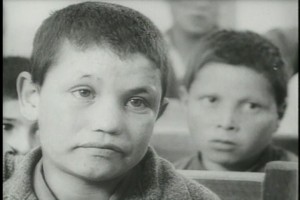Review of THE WRITERS: A HISTORY OF AMERICAN SCREENWRITERS AND THEIR GUILD
Written for the Fall 2015 issue of Film Quarterly. — J.R.
The Writers: A History of American Screenwriters and
Their Guild by Miranda J. Banks
This is clearly a creditable, conscientious, intelligent, and
useful book, but I feel obliged to confess at the outset that
I don’t feel like I’m one of its ideal or intended readers. The
subtitle loosely describes its contents, but “A Business
History of Hollywood Screenwriters and Their Guild”
would come much closer to the mark, even if it might make
the book less marketable to me and some others. And the
unexceptional simplification of the title and subtitle is part of
what gives me some trouble: it’s the business of Hollywood,
after all, to convince the public that “American screenwriters”
and “Hollywood screenwriters” amount to the same
thing. And the moment that any meaningful distinction
between the two collapses, then the studios, one might argue,
have already won the battle.
I don’t expect my own bias about this matter to be shared
by many of Film Quarterly’s readers. Writers who blithely
and uncritically toss about terms like “Indiewood” designed
to further mystify the differences between studio work and
independent work probably don’t think they’re working for
the fat cats, but from my vantage point as a journalist who
thinks that these distinctions deeply matter, they’re the worst
kind of unpaid publicists. Read more



